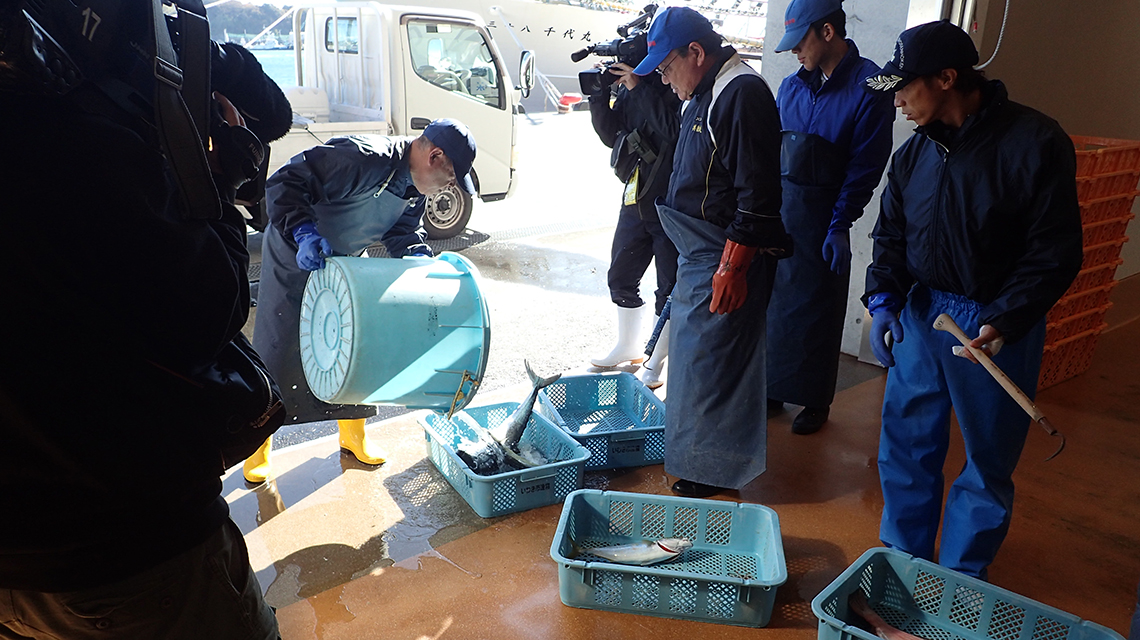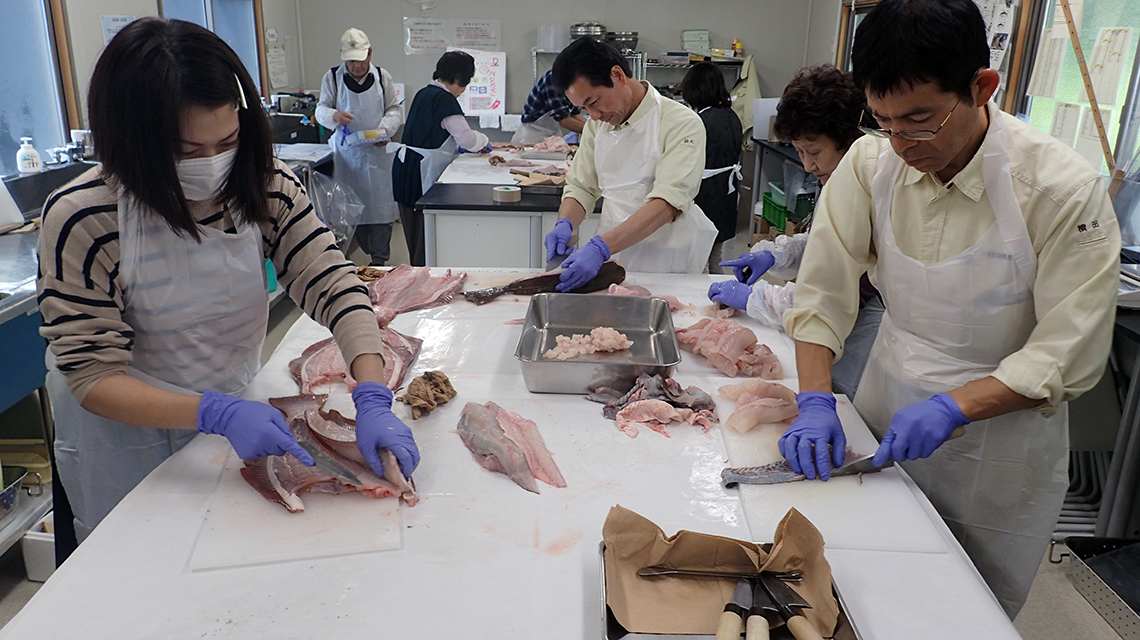“Over 98% of the results were not significantly different from each other, which means the Japanese laboratories involved in the programme demonstrate a high level of consistency amongst themselves and with laboratories in other countries and the IAEA,” said Iolanda Osvath, Head of the IAEA’s Radiometrics Laboratory.
The IAEA has worked with the Japanese laboratories since 2014, following a request by the Japanese Government to assist it in ensuring that its sea area monitoring around Fukushima Daiichi maintains a high quality, and is comprehensive, credible and transparent. The project is a follow-up activity to recommendations made on marine monitoring in a report by the IAEA in 2013 related to the decommissioning of the Fukushima Daiichi Nuclear Power Station, which reviewed Japan's efforts to plan and implement the decommissioning of the plant.The project has now been extended for another four years. The next steps will build on the already completed work and involve more interlaboratory comparisons and proficiency tests.



